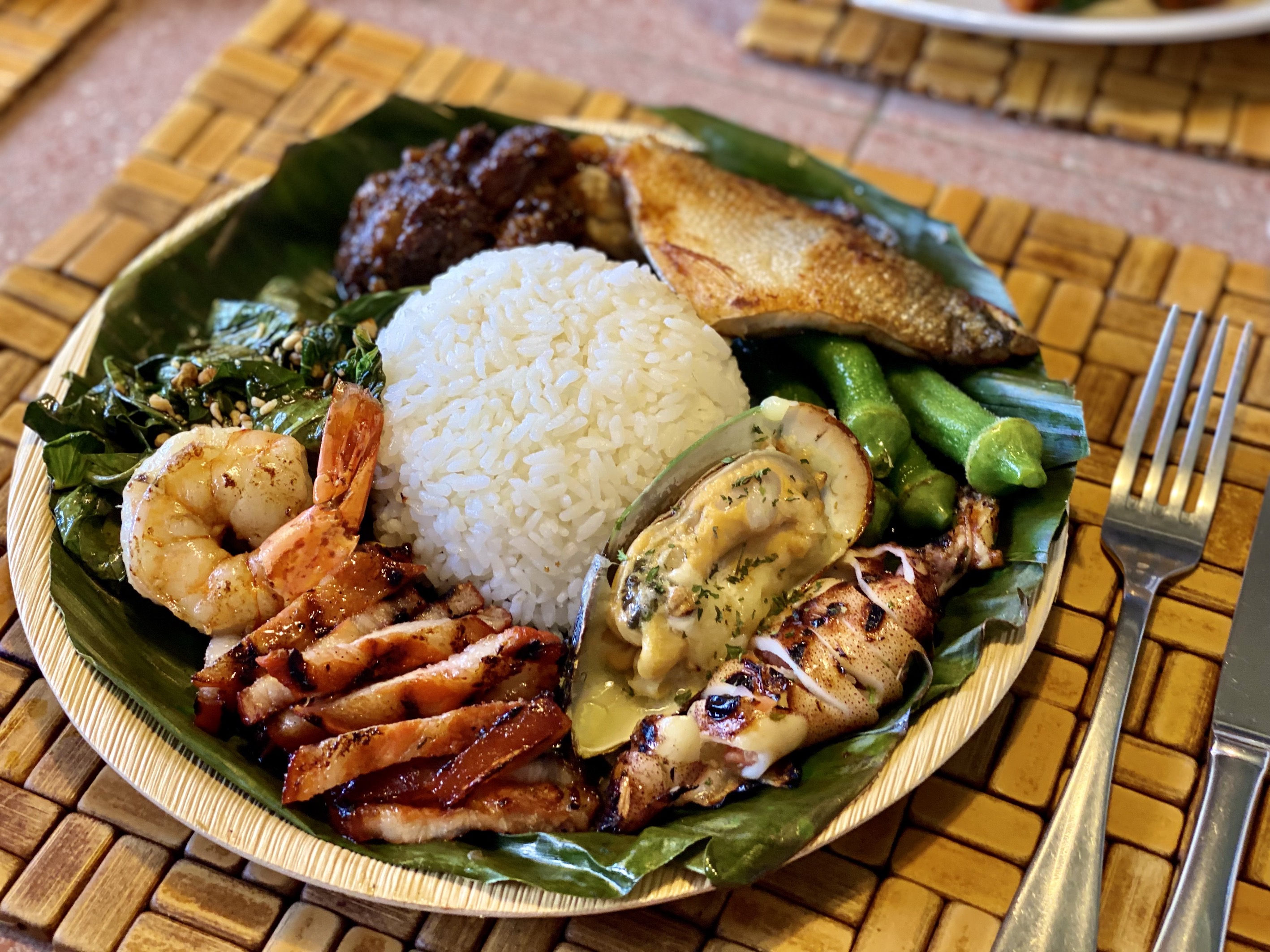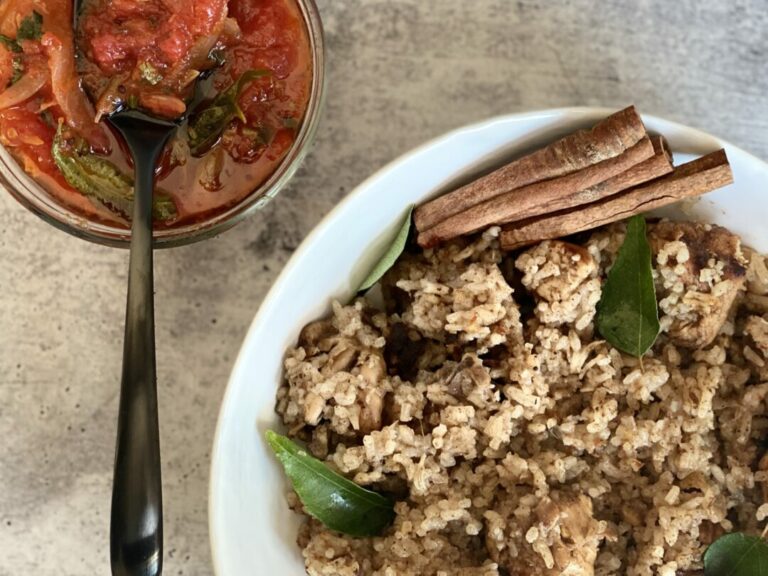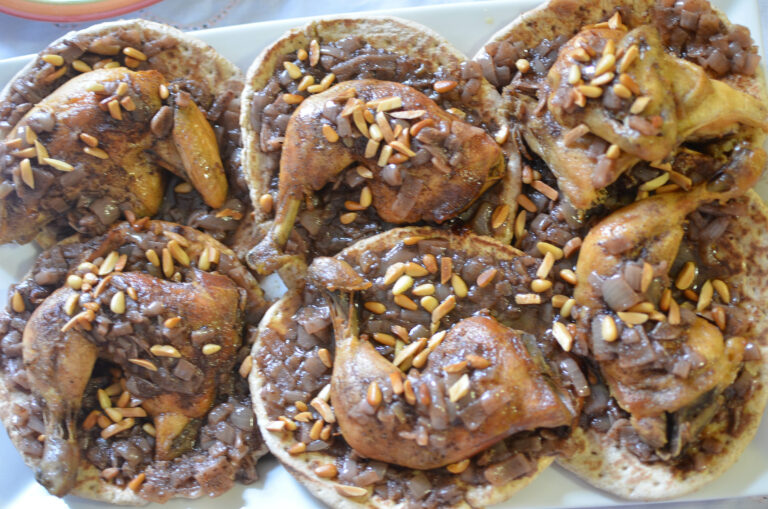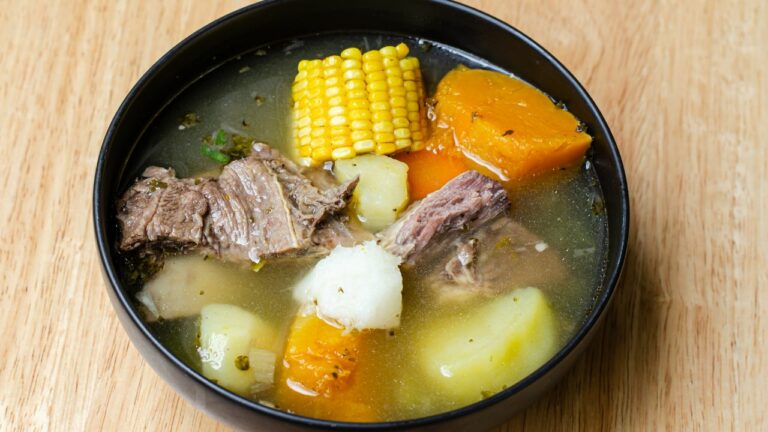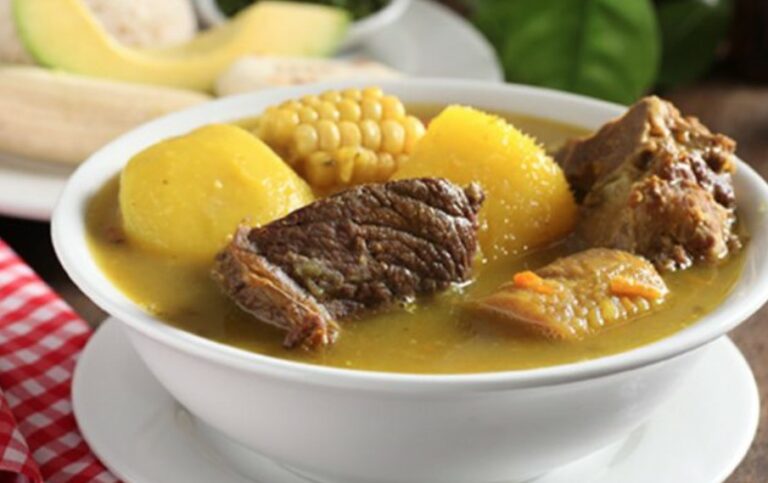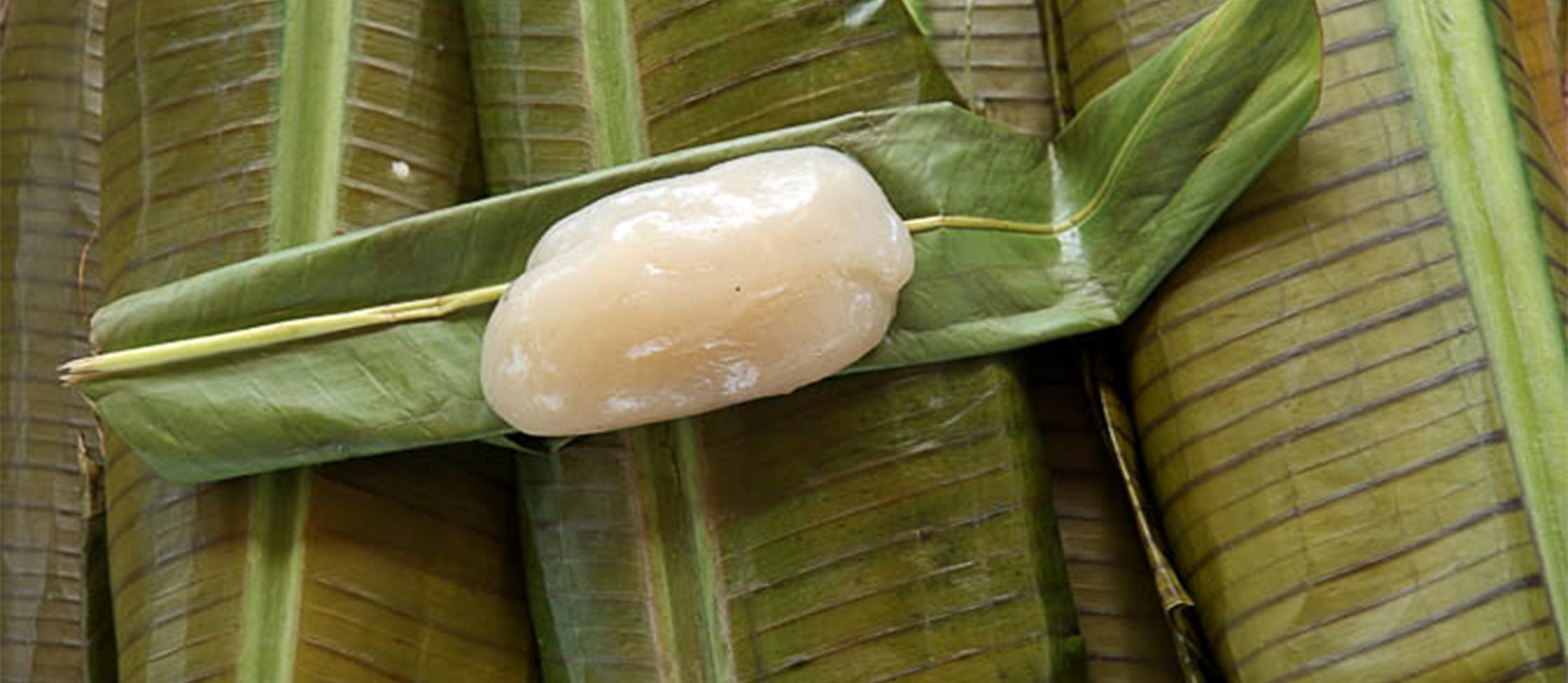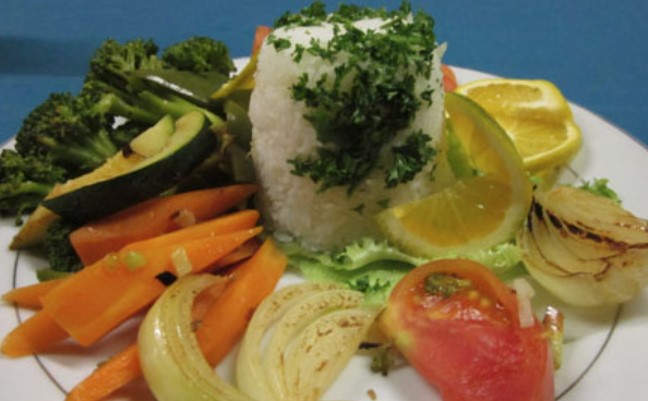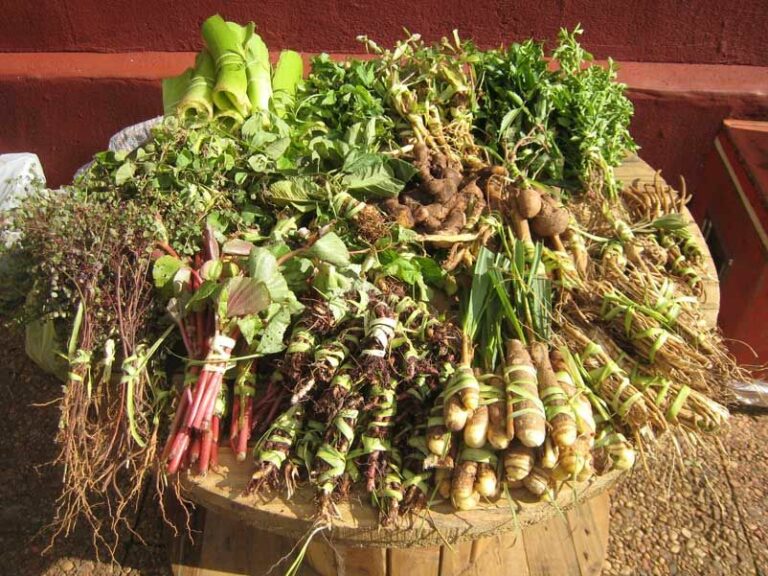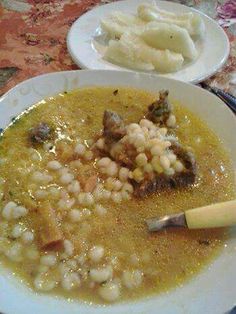Palauan Cuisine
Palauan cuisine is a blend of traditional and modern influences, providing a unique dining experience to locals and visitors alike. Palau is an island nation located in the western Pacific Ocean, and its cuisine reflects the island life and resources available. Palauan dishes are often simple yet flavorful, and soups and stews are a staple of Palauan cooking.
Popular Soups and Stews
Soups and stews are an essential part of Palauan cuisine, often served as a main course during family gatherings and special occasions. Palauan soups and stews are typically hearty and filling, made with a variety of meats, seafood, vegetables, and spices. Some of the most popular soups and stews in Palauan cuisine include fish soup, chicken soup, beef soup, and taro soup.
Main Ingredients
The main ingredients used in Palauan soups and stews are meat, seafood, vegetables, and spices. These ingredients are often locally sourced, providing a fresh and authentic taste. Palauan dishes are typically made using whole ingredients, including bones and skin, to provide depth of flavor.
Meat and Seafood
Meat and seafood are commonly used in Palauan soups and stews. Fish, pork, chicken, and beef are all popular meats used in Palauan cooking. Fish is often used in soups and stews, providing a light and refreshing taste. Pork and chicken are typically used in heartier soups and stews, providing a rich and savory flavor. Seafood such as shrimp, clams, and crabs are also used in Palauan soups and stews, providing a briny and delicious taste.
Vegetables and Spices
Vegetables and spices are essential ingredients in Palauan soups and stews. Vegetables commonly used in Palauan cooking include taro root, cassava, yams, and pumpkin. These vegetables provide a hearty and filling base to soups and stews. Spices such as ginger, garlic, and turmeric are also commonly used, providing a flavorful and aromatic taste.
Traditional Flavors
Palauan soups and stews are known for their traditional flavors, which are passed down through generations. Traditional Palauan flavors often include a blend of sweet, sour, and salty tastes. Coconut milk is also commonly used in Palauan cooking, providing a creamy and rich flavor. These traditional flavors provide a taste of Palauan culture and history in every bite.

